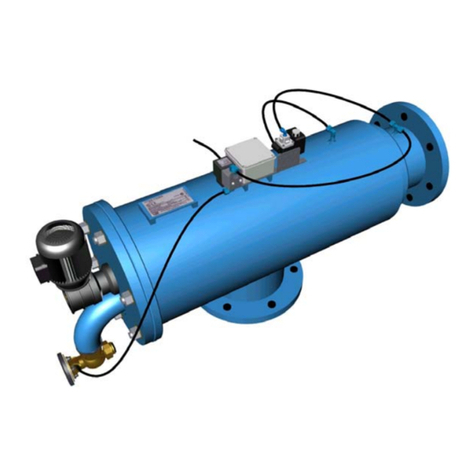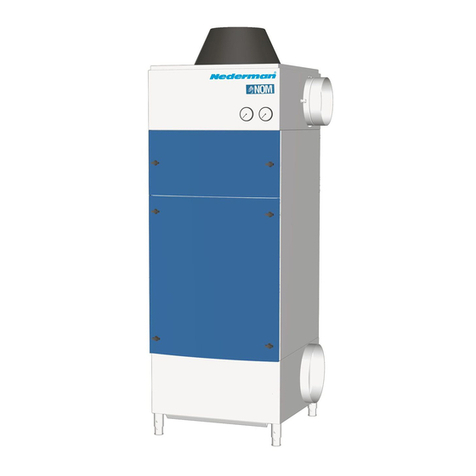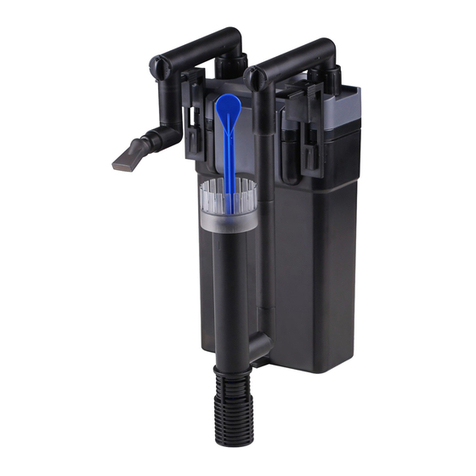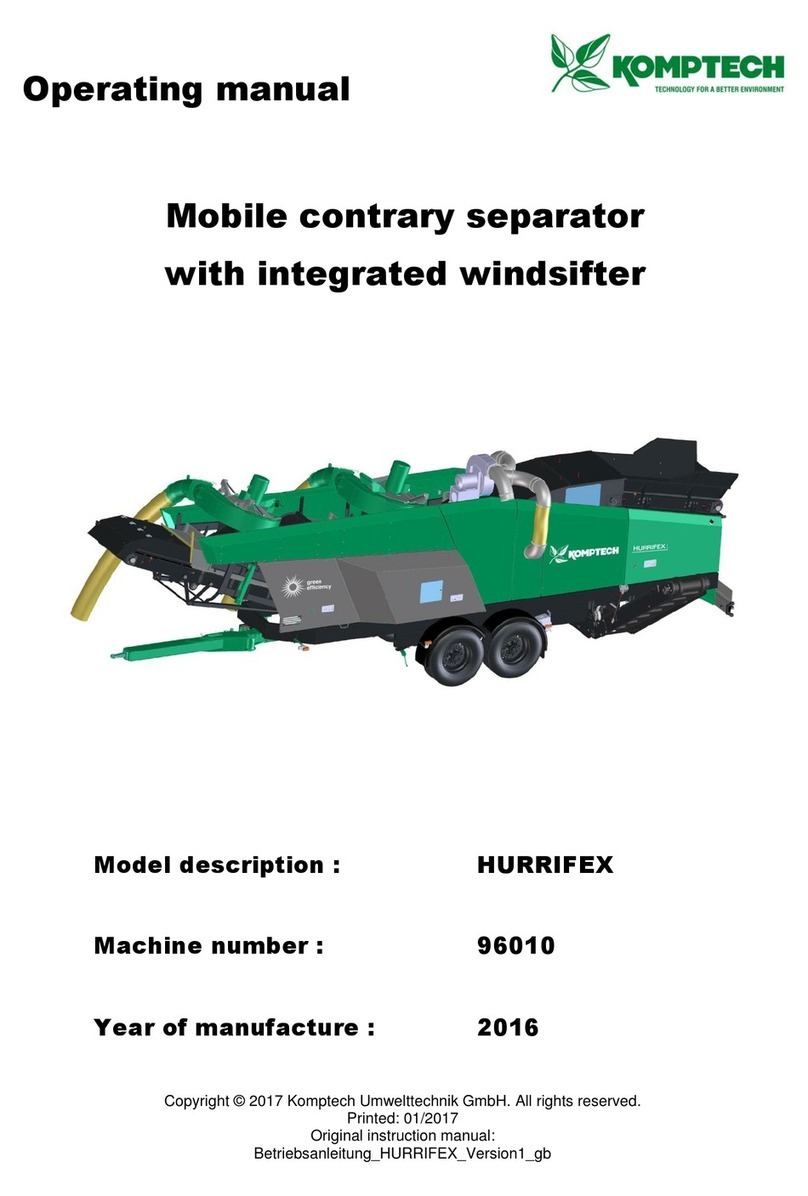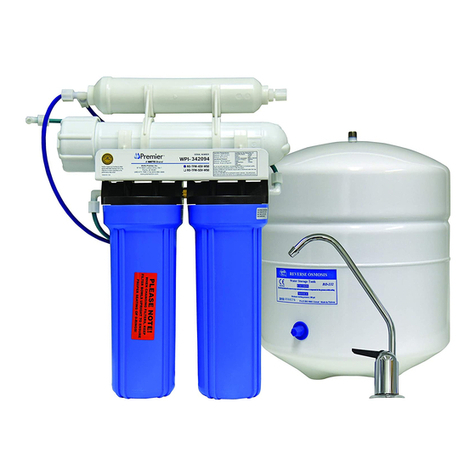Automatic Filters Tekleen MSAF User manual


Table of Contents
SECTION I INTRODUCTION
1.1 Safety Instructions 1
1.2 General Description & Filter Assembly 2
1.3 Theory of Operation 3
1.4 Technical Data 4
SECTION II INSTALLATION AND HOOK-UP
2.1 Mechanical Hook-Up and Orientation 5
2.2 Plumbing Hook-Up 5
2.3 Piston and Electric Ball Valve (EBV) Installation 5
2.4 GB6, DP Gauge, and Electric Ball Valve Connection 5
SECTION III MAINTENANCE
3.1 System Shut Off Procedure 7
3.2 Periodic Checks 7
3.3 Fine Screen Assembly Removal & Installation 8
3.4 Handle Assembly Removal & Installation 10
3.5 Dirt Collector Assembly Removal & Installation 10
3.6 Individual Parts Breakdown 13
WARRANTY 15

1
SECTION I INTRODUCTION
1.1 Safety Instructions
Prior to installation or handling of the filter, carefully read the installation and
operation instructions.
Confirm that filter is properly drained prior to servicing.
Take precautions when lifting, transporting, or installing the filter.
Avoid splashing water directly on to the filter parts during installation.
Confirm that the wet filter weight does not exceed any structural limitations.
Confirm that the line pressure does not exceed the filter's maximum
operational pressure.
Use standard flanged/NPT connections only.
Check all cover bolts and connections are properly secured.
There should be no back-pressure on the flush line. Do not use rubber hosing
or flexible tubing for the waste line.
The filter should be oriented so that the unfiltered media source is directed to
the inlet, the NPT port on the bottom of the filter. The outlet, the NPT port
perpendicular to the body, is the source of filtered media.
Use original parts only to service the filter. Any changes or modification to the
equipment will nullify all warranties.

2
1.2 General Description & Filter Assembly
The MSAF semi automatic self-cleaning filter enables high quality filtration at a
grade of 80-3000 microns. The filter may be used to filter different types of media
sources such as sewage, reservoir water, river water, lake water, and well water.
The MSAF Filter contains the following parts:
1. Inlet
2. Screen
3. Dirt Collector
4. Handle
5. Flushing Valve
6. Flushing Chamber
7. Nozzle
8. Outlet
9. Pressure Indicator
Figure 1: Filter Assembly

3
1.3 Theory of Operation
Pressurized water enters the filter inlet and travels through the neck of the filter to
the body. The water then passes through a fine mesh screen where small
contaminants are filtered out. The clean water then exits through the outlet of the
filter.
As more water flows through the filter the screen becomes contaminated. The
accumulation of impurities causes a pressure imbalance on either sides of the
screen. When the difference in pressure (ΔP) reaches 0.5 bar the pin on the
pressure indicator will pop up. This is the optimal pressure differential to initiate a
flush cycle to prevent reduced filter performance. At this time the operator should
initiate a flush but may initiate one at a later time in accordance to an
independent timetable determined by the operator.
To perform the flush, the operator may follow the steps below:
1) Confirm that the dirt collector is in its' fully lowered position by turning the
handle clockwise until it stops.
2) Open the flush valve completely.
3) Turn the handle of the dirt collector counterclockwise until the dirt collector
comes to a stop in the fully raised position.
4) Close the flush valve completely.
When the flush valve opens, water begins to flow out reducing the pressure in
the flush chamber and dirt collector. The drop in pressure allows the nozzle to
generate a suction. The turning of the dirt collector and the spiral axis motion
allows the entire inside of the screen to be suctioned. It should be noted that
even during the flush cycle, the filtration process continues uninterrupted.

4
1.4 Technical Data
Standard Features
Minimum operating pressure:
Maximum operating pressure:
Clean filter pressure loss:
Maximum working temperature:
Flushing water consumption
(at minimum working pressure):
Filter housing material:
1 bar (14.5 psi)
10 bar (145 psi)
0.1 bar (1.45 psi)
65°C (149°F)
10 liter (2.64 US gallon)
Epoxy Coated Carbon Steel
*For high quality water at a filtration grade of 100 microns.
**For minimal operating pressure of 1 bar (14.5psi).
Figure 2: Filter Dimensions
Connection
Size Ø D1
Connection
Size Ø D2
*Maximum
flow rate
(m3/h)
** Flushing
flow rate
(m3/h)
ØD
(inch)
X
(mm)
Y
(mm)
H
(mm)
Weight
(Kg)
2" NPT
2" NPT
25
6
6
125
175
570
10

5
SECTION II INSTALLATION AND OPERATION
2.1 Mechanical Hook-Up and Orientation
The positioning of the filter should be determined by the disposal of waste water
and to allow easy access and removal of the filter element. The filter can rest on
the inlet or outlet and can be mounted on a stand if desired. The filter can be
mounted in any position (vertical, upside down, etc.) to allow easy operation.
2.2 Plumbing Hook-Up
The waste discharge pipe should be larger in diameter than the size of the flush
valve. The waste pipe should be kept as short as possible with no more than one
elbow. This will minimize back pressure on the flush line.
Flush lines should not be elevated. This will affect the pressure difference
required for the cleaning cycle. If it is necessary to run flush lines uphill, please
consult with the manufacturer.
Flush line pipe must be ridged. It should not be made out of flexible tube or
rubber hosing. Any restrictions in the flush line will reduce the cleaning ability of
the filter.
2.3 Filter Installation
1. Remove filter from packaging and inspect the contents of the packaging.
2. Connect the inlet and outlet line to the filter.
3. Connect a flush line to the flush valve outlet. The water must flow freely out
without any back pressure.
4. Check that all connections are properly secured
5. Check that all bolts on the filter cover are properly tightened and secured
2.4 Initial Operation
During start-up, the isolation valve at the filter inlet should be only partially open
to prevent a surge of pressure across the filter when the pump is started. Once
the pump is on-line, slowly open the isolation valve. This will prevent any
possible damage to the filter due to a pressure surge.
☐Do not proceed until the tasks above have been completed

6
During the initial filling of the main pipeline, there may not be enough back-
pressure downstream from the filter to allow the cleaning cycle to function
properly. Therefore, it is necessary to install a valve at the outlet to be partially
closed (i.e., gate valve, ball valve or butterfly valve). Once the total system is fully
charged, the downstream valve can be adjusted as desired.
☐Do not proceed until the tasks above have been completed
Initiate the first cleaning cycle as described in "Section 1.3". During the first
cleaning cycle, air in the system will be expelled, so it may require more than one
cycle to achieve proper cleaning.
☐Do not proceed until the tasks above have been completed
Confirm that the differential pressure indicator is not showing a pressure
difference at this point. When the filter is clean, the pressure difference should
not exceed 0.1 bar.
☐Do not proceed until the tasks above have been completed

7
SECTION III MAINTENANCE
3.1 System Shut Off Procedure
If your system is not equipped with a bypass valve or any similar other
mechanism the entire system must be shut off. Precede the steps below with
shutting off your pump and draining the system.
1. Open the bypass valve.
2. Close the outlet valve completely.
3. Close the inlet valve completely. The filter is now isolated and the system flow
is bypassed.
4. Relieve any residual pressure in the filter housing by opening the flush valve.
5. Drain the remaining water from the filter body by loosening the cover nuts and
slightly opening the cover.
3.2 Periodic Checks
It is strongly recommended that annual checks be performed at the same time
every year.
1. Check filter and all connections for leaks.
2. Check the filter housing for paint damage
and corrosion. If required, clean the area
by sanding and reapply a thin layer of
paint and epoxy.
3. The system must be properly shut off as
described in "Section 3.1" before
performing the following checks. Do not
proceed until this has been complete.
4. Check the condition of all seals. Replace
any damaged or deteriorating seals.
5. Check the condition of the fine screen
assembly. If necessary, replace
according to "Fine Screen Assembly
Removal & Installation".
6. Check the dirt collector suction nozzles
height (See Figure 3). If necessary,
replace according to "Dirt Collector
Removal & Installation"
Figure 3: Nozzle Height (44mm)

8
3.3 Fine Screen Assembly Removal & Installation
Perform the proper shut off procedure as described in "Section 3.1" before
working on the fine screen assembly. Refer to Figure 4 below for help.
1. Remove the nuts and washers to the cover of the filter housing.
2. Remove the cover with the handle and the dirt collector from the filter
housing.
3. Remove the body seal from the filter housing groove.
4. Remove the screen from the filter housing by pulling it away from the base.
5. Remove both the upper and lower O-Rings from the used fine screen
assembly.
6. Position both the upper and lower O-Rings in the new fine screen assembly.
7. Lubricate the upper and lower seals with silicon grease.
8. Slide the new fine screen assembly into the filter housing.
9. Position the body seal in the groove located on the filter housing.
10.Return the cover to its place on the filter housing. Confirm that the dirt
collector pin is properly seated inside the dirt collector.
11.Tighten the nuts and washers connecting the cover to the filter housing.
12.Open the outlet valve completely.
13.Gradually open the inlet valve while closing the bypass valve.
14.Check the filter assembly and its connections for leaks.
15.Spin the handle first counter-clockwise until it stops, and then clockwise to
check the motion.
16.Perform a flushing cycle as described in "Section 1.3".
17.Confirm that the differential pressure indicator is not showing a pressure
difference at this point. When the filter is clean, the pressure difference should
not exceed 0.1 bar.

9
Figure 4: Exploded Fine Screen Assembly

10
3.4 Handle Assembly Removal & Installation
Perform the proper shut off procedure as described in "Section 3.1" before
working on the handle assembly. Refer to Figure 5 below for help.
1. Release the bolt connecting the handle plug to the dirt collector stem. The
metal handle and handle plug is a single piece and must be removed
together.
2. Position replacement handle onto the dirt collector stem. Reinsert bolt into the
hole and tighten.
3. Open the outlet valve completely.
4. Gradually open the inlet valve while closing the bypass valve.
5. Check the filter assembly and its connections for leaks.
6. Spin the handle first counter-clockwise until it stops, and then clockwise to
check the motion.
7. Perform a flushing cycle as described in "Section 1.3".
8. Confirm that the differential pressure indicator is not showing a pressure
difference at this point. When the filter is clean, the pressure difference should
not exceed 0.1 bar.
3.5 Dirt Collector Assembly Removal & Installation
Perform the proper shut off procedure as described in "Section 3.1" before
working on the handle assembly. Refer to Figure 5 below for help.
1. Release the bolt connecting the handle plug to the dirt collector stem. The
metal handle and handle plug is a single piece and must be removed
together.
2. Remove the nuts and washers to the cover of the filter housing.
3. Remove the cover with the handle and the dirt collector from the filter
housing.
4. Remove the body seal from the filter housing groove.
5. Unscrew the used dirt collector from the flushing chamber and pull it out.
6. Insert the new dirt collector into the flushing chamber and screw it back into
place.
7. Return the cover to its place on the filter housing. Confirm that the dirt
collector pin is properly seated inside the dirt collector.
8. Position handle onto the dirt collector stem. Reinsert bolt into the hole and
tighten.
9. Tighten the nuts and washers connecting the cover to the filter housing.

11
10.Open the outlet valve completely.
11.Gradually open the inlet valve while closing the bypass valve.
12.Check the filter assembly and its connections for leaks.
13.Spin the handle first counter-clockwise until it stops, and then clockwise to
check the motion.
14.Perform a flushing cycle as described in "Section 1.3".
15.Confirm that the differential pressure indicator is not showing a pressure
difference at this point. When the filter is clean, the pressure difference should
not exceed 0.1 bar.

12
Figure 5: Exploded Handle & Dirt Collector Assembly

13
3.6 Individual Parts Breakdown
Please note that some of the following parts may not be sold individually and can
only be purchased as a set or assembly.
Figure 6: Individual Parts Breakdown

14
No.
Description
1
Nut
2
Handle
3
Screw
4
O ring number 211
5
"T" connection (flushing chamber)
6
O ring number 226
7
Body Cover
8
Body Screw
9
O Ring number 230
10
Dirt collector Bushing
11
Dirt Collector
12
Suction Nozzle
13
Dirt Collector Plug
14
Body Hydraulic Sealing
15
Body Housing
16
Body Outlet
17
Pressure Indicator
18
Body Inlet
19
1/4" Socket
20
Body Nut
21
Washer
22
O Ring number 250
23
Screen Handle
24
Dirt Collector Axis
25
Fine Screen
26
Bushing for Flushing Valve
27
Manual Flushing Ball Valve
28
Upper Bushing
29
O Ring number 138

15
Table of contents
Other Automatic Filters Water Filtration System manuals
Popular Water Filtration System manuals by other brands
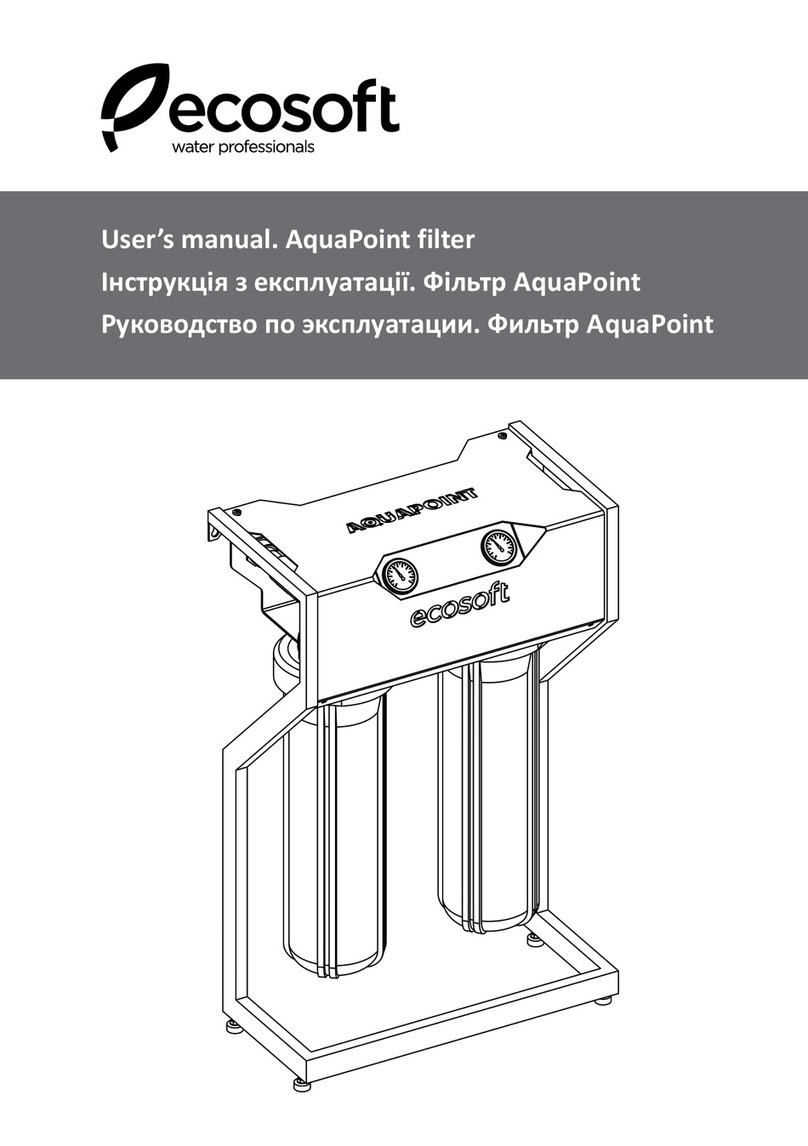
Ecosoft
Ecosoft AquaPoint user manual
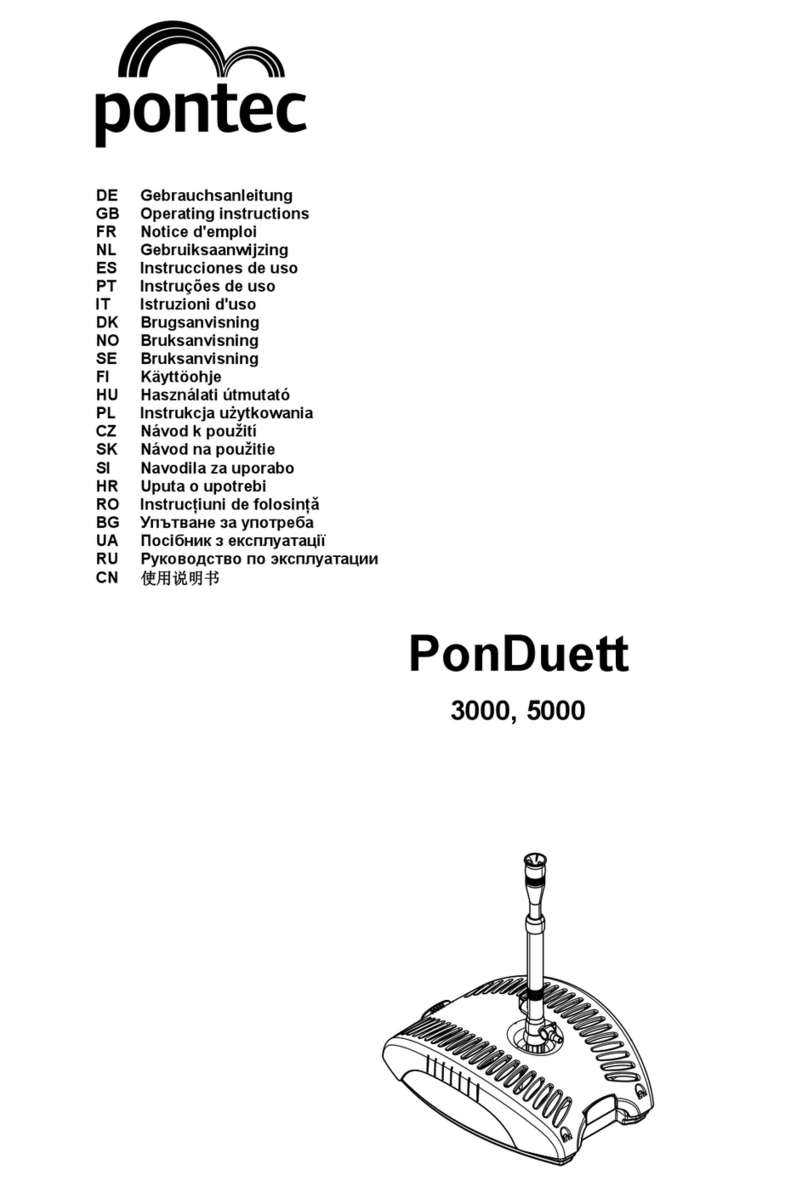
Pontec
Pontec PonDuett 5000 operating instructions

Bühler technologies
Bühler technologies BKF Installation and operation instructions

Hellenbrand
Hellenbrand H-150 Series owner's manual
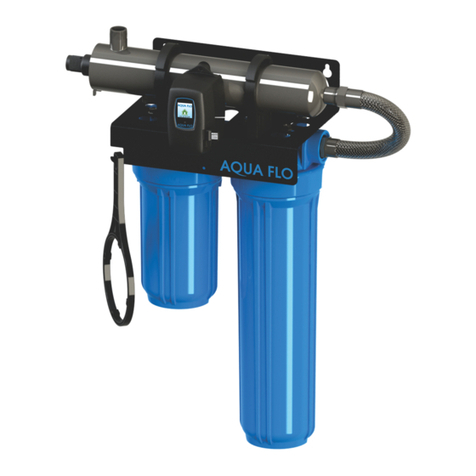
Aqua Flo
Aqua Flo GEN4-8R1 owner's manual

GE
GE Smart Water PNRV18ZWH01 installation instructions
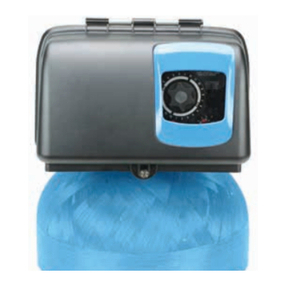
Pentair
Pentair FLECK 2815 Service manual

Pentair
Pentair CLEARPRO TECHNOLOGY TR100 Installation and user guide
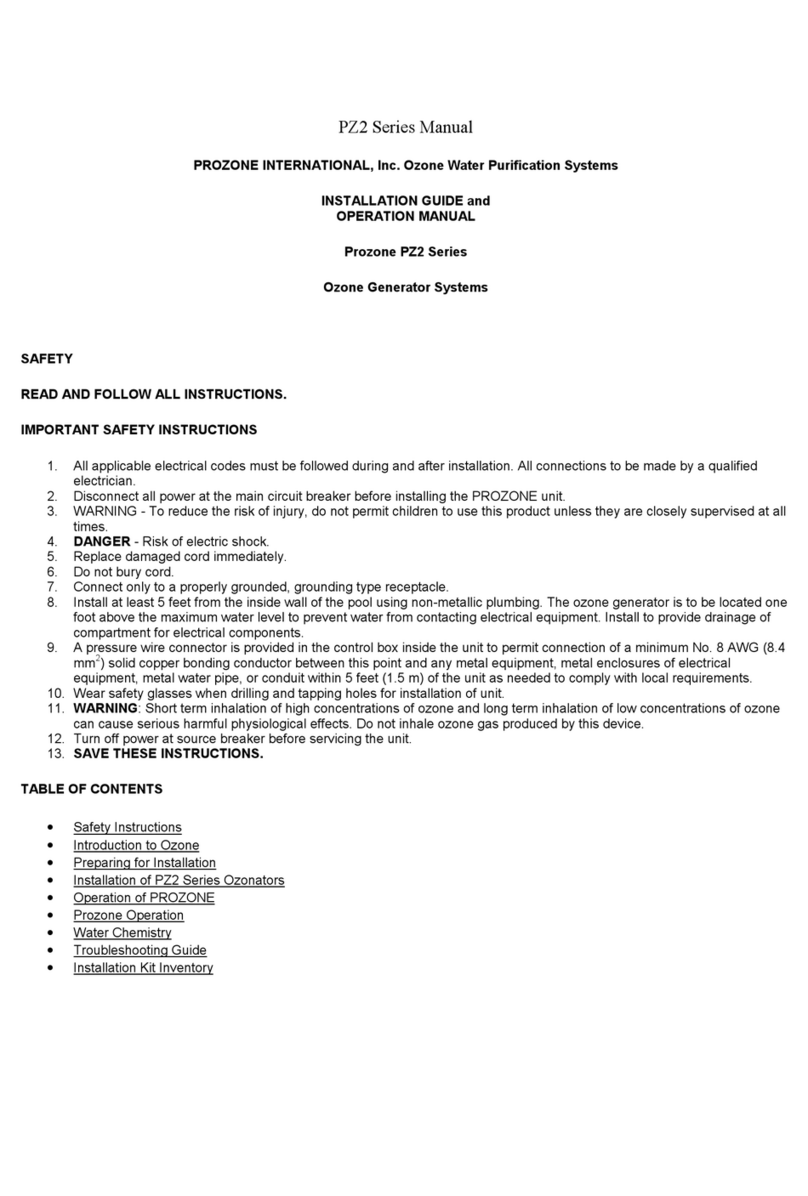
Prozone
Prozone PZ2 Series Installation guide & operation manual

Viqua
Viqua VH200 owner's manual

Premier
Premier 500320 UV-3 Installation, operation and maintenance manual
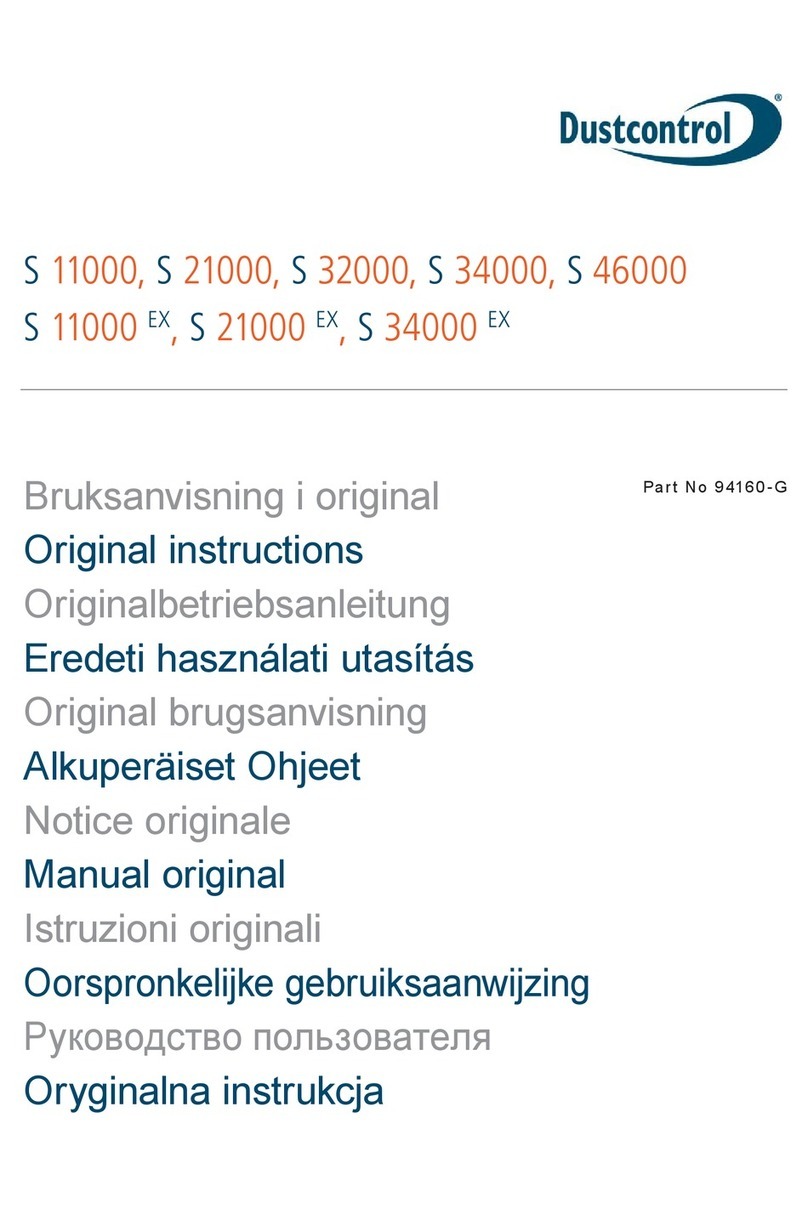
Dustcontrol
Dustcontrol S 11000 Original instructions

